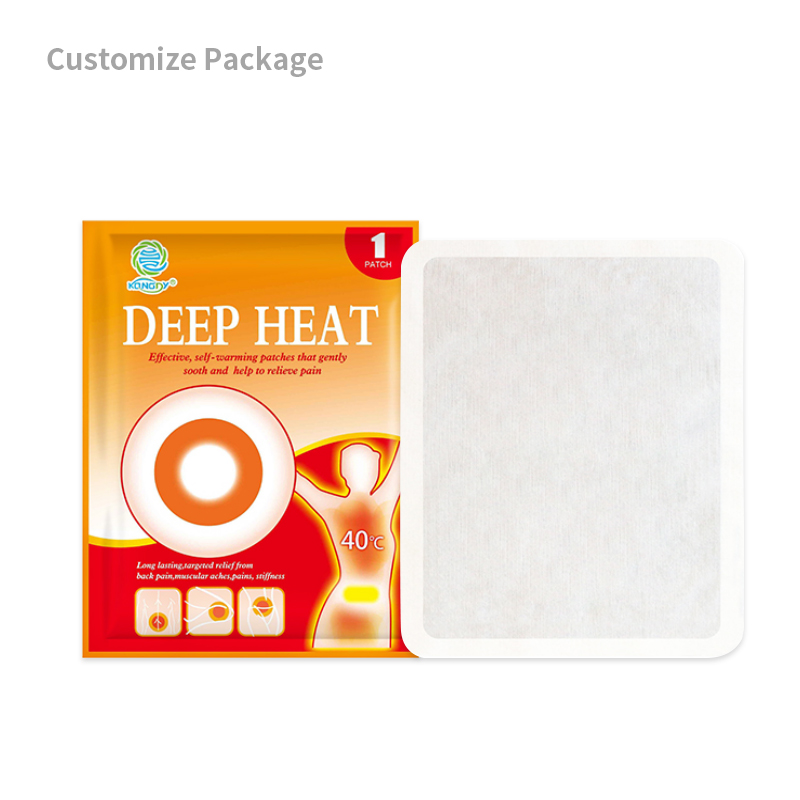Customized Transdermal Patch Packaging and Labeling Options
Customized Transdermal Patch Packaging and Labeling Options
In the realm of transdermal drug delivery systems, the packaging and labeling of customized transdermal patches play a crucial role in ensuring product safety, efficacy, and marketability. A transdermal gel patch manufacturer must carefully consider various packaging and labeling options to meet the specific requirements of their customers and comply with regulatory standards.
Packaging Options for Custom Transdermal Patches
The packaging of transdermal patches aims to protect the product from external contaminants, maintain its stability, and enhance its shelf life. Here are some common packaging options available for customized transdermal patches:
Blister Packs: Blister packs are a popular choice for transdermal patches due to their tamper-evident nature and ability to protect the patches from moisture and oxygen. The patches are sealed between a formed plastic blister and a backing card, providing a secure and hygienic packaging solution.
Pouch Packaging: Pouches made of flexible materials such as aluminum foil or laminated films offer a cost-effective packaging solution for transdermal patches. These pouches can be heat-sealed to ensure a tight closure and provide a moisture-resistant barrier.
Tube Packaging: For patches that require a specific application method or storage condition, tube packaging can be a suitable option. Tubes are designed to dispense the patches one at a time, minimizing the risk of contamination and ensuring ease of use.
Carton Boxes: Carton boxes provide a sturdy and protective packaging solution for transdermal patches. They can be customized with inserts and compartments to securely hold multiple patches and accompanying instructions.
Labeling Options for Custom Transdermal Patches
Labeling is essential for communicating critical information about the transdermal patches to healthcare professionals and patients. The following are some labeling options to consider:
Primary Labels: These labels provide the core information about the patch, including its brand name, generic name, strength, dosage form, and manufacturer's details. They are typically applied directly to the packaging or the patch itself.
Secondary Labels or Inserts: Secondary labels or inserts offer additional information, such as indications, contraindications, warnings, precautions, dosing instructions, and storage conditions. These are often included inside the packaging or attached as a separate leaflet.
Barcodes and Lot Numbers: Barcodes and lot numbers enable efficient tracking and traceability of the patches throughout the supply chain. They also assist in managing inventory and ensuring product authenticity.
Custom Designs and Logos: Manufacturers can customize the labels with their own designs, logos, and branding elements to enhance the product's visual appeal and marketability.
Importance of Compliance with Regulatory Standards
When selecting packaging and labeling options for customized transdermal patches, it is crucial to comply with regulatory standards set by various agencies such as the Food and Drug Administration (FDA) in the United States or equivalent authorities in other countries. These standards ensure the safety, quality, and effectiveness of the patches and protect consumers from potential harm. Manufacturers must ensure that the packaging materials are approved for medical use, the labels are accurate and comprehensive, and all required information is clearly presented.
Conclusion
The packaging and labeling of customized transdermal patches are integral to their overall success in the market. Manufacturers must carefully consider various packaging options to protect the patches and ensure their stability, while also providing clear and compliant labeling to communicate critical information to users. By adhering to regulatory standards and offering innovative packaging solutions, manufacturers can enhance the safety, quality, and marketability of their customized transdermal patches.
Related Questions






